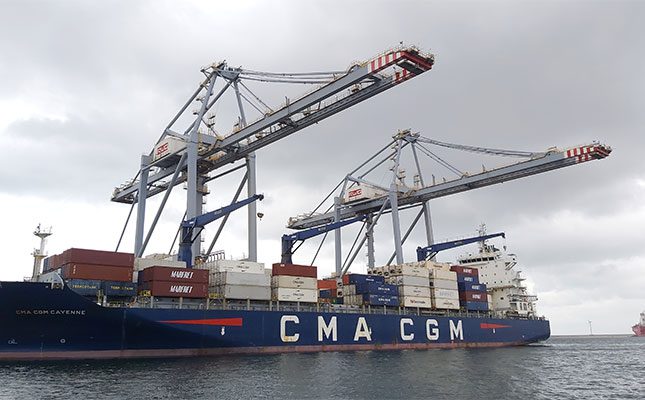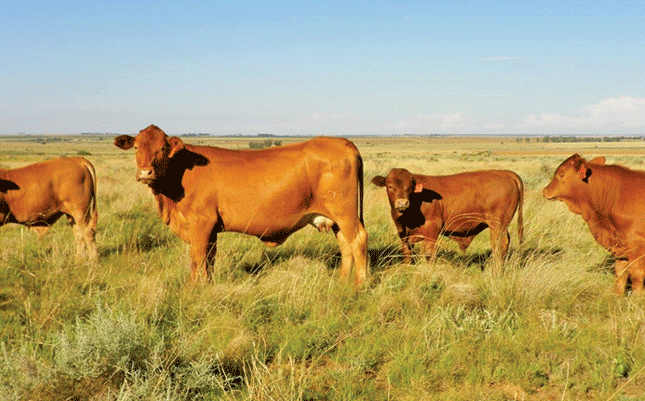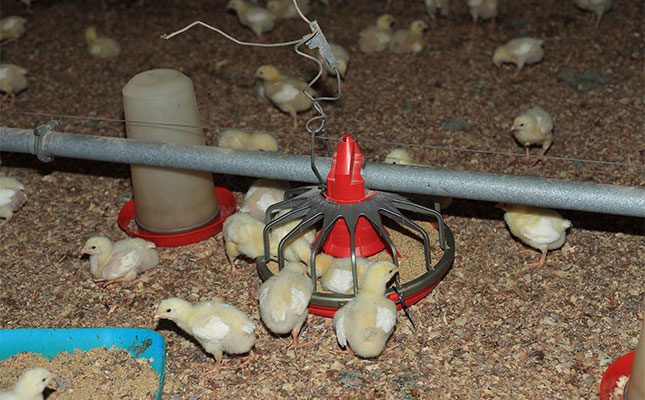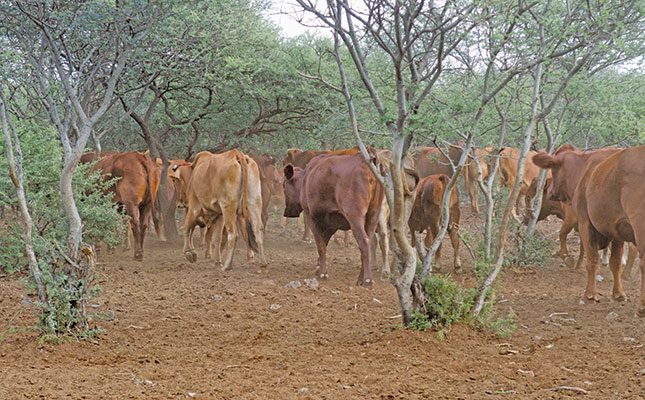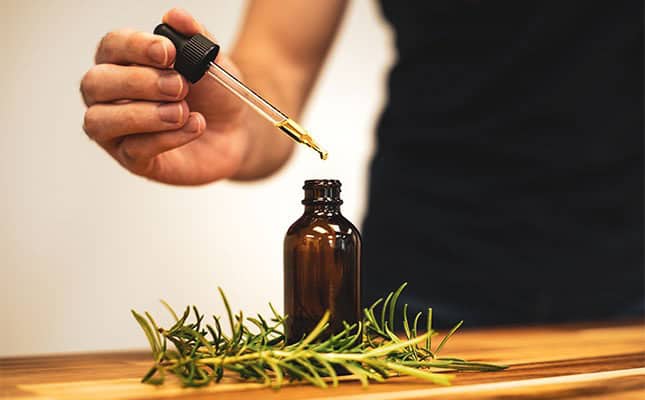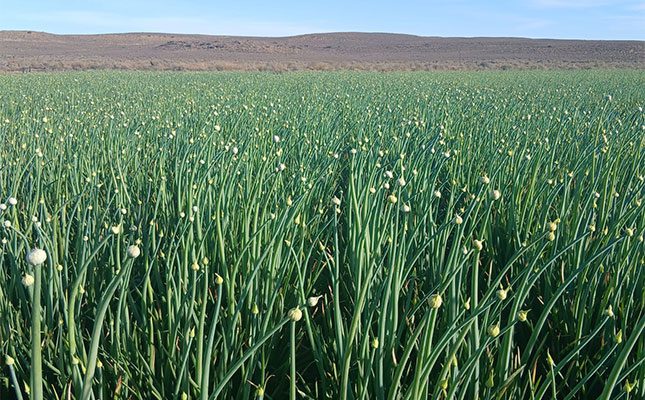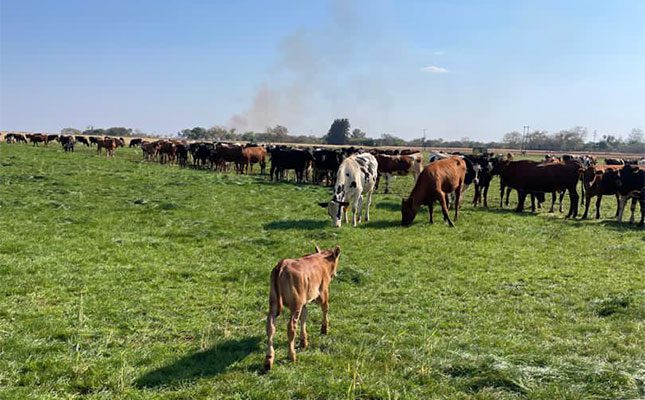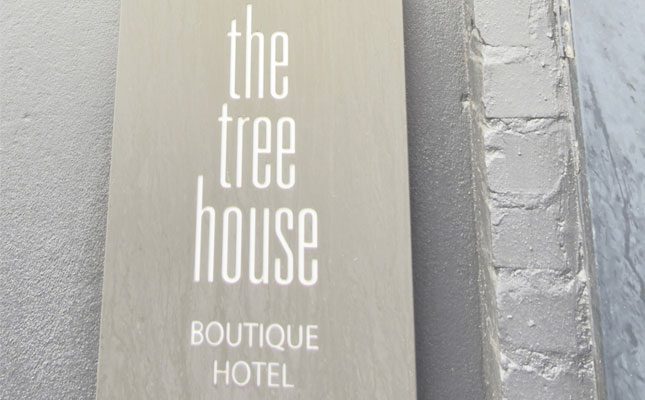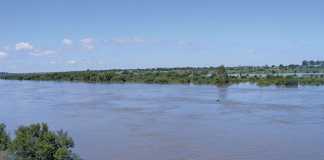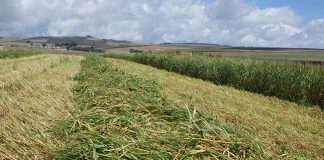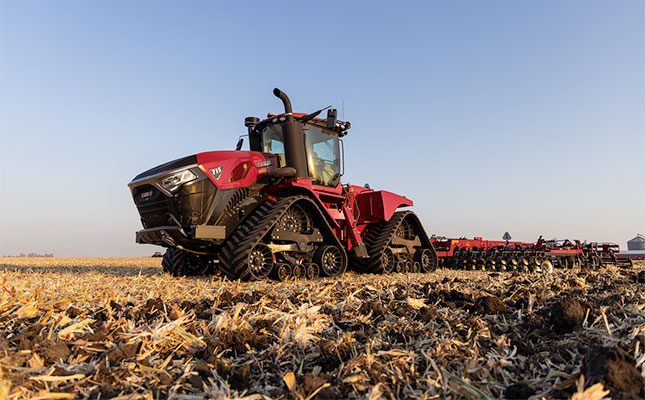
Photo: Case IH
This was according to the Bureau for Food and Agricultural Policy’s (BFAP) Baseline 2025, released on 13 August.
Speaking at the release, economists said capital investment in South Africa was not at the level it needed be to stimulate economic growth. Thus, the Baseline’s figures were less optimistic than in previous years.
The Baseline presents an outlook of agricultural production, consumption, prices, and trade from 2024 to 2034.
“Private investment is in the doldrums,” Shannon Bold, senior economist at the Bureau for Economic Research, said. “It’s supposed to be the factor that kickstarts the economy, but it’s not happening.
“Private fixed investment is 15% below pre-COVID19 levels. South Africa’s first quarter economic growth barely reached 1% and is expected to be 0,8% for the year, reaching 1,3% next year. These figures make it hard to remain positive, but there is hope to ramp up economic growth.”
Tracy Davids, a director at the BFAP, said agriculture had outperformed the broader economy significantly over the past decade.
“We have seen big increases in yields in row crops as a result of investment in technology, from better machinery that allows quick responses to small planting or harvesting windows, to precision equipment improving efficiency.
“But South African producers must keep up with the latest technology, and it must be available locally, because our competitors are using the best on the market. Policy frameworks and the speed of adopting new technology regulations must improve.”
Prof Ferdi Meyer, managing director at the BFAP, stressed that growth in local and export markets required “skin in the game”.
“History shows us that if you give agriculture half a chance, it will grow. Real farming income has more than doubled in value in the democratic era. Growth comes from producing more through expansion, intensification, diversifying into higher-value crops, or managing costs without hurting income generation. All require investment.”
He cited a trip to the Northern Cape, where one side of a road lay arid and bare, while the other was planted to table grapes worth millions.
“How do we achieve that? Water, capital, technology, markets, and skilled farmers, operators and staff. That’s how agriculture grows. But it needs investment confidence.”
South Africa has ample irrigation water and state-owned farmland, yet much of this land remains idle, producing less than 10% of its potential.
Meyer said farmers in these areas needed to be given ownership of land, support services, and financing, or “they can’t get into the game”.
Speakers concluded that while challenges lay ahead, targeted investments, rapid technology adoption, and enabling policies could shift the sector’s growth trajectory.
“We know what works, but we need to work together to implement the strategies we’ve developed,” Davids said.

